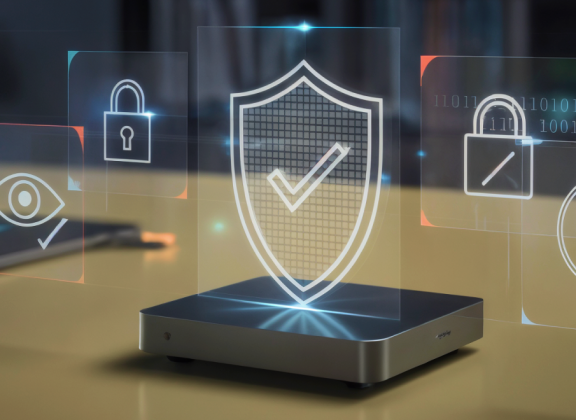The evolution of media players and IPTV boxes has transformed home entertainment, offering a seamless connection between online content and high-quality playback. However, this convenience brings a hidden challenge—cybersecurity. As these devices become more connected and app-driven, they face risks similar to those affecting smartphones or other smart home devices. Understanding how to safeguard your media player against digital threats is no longer optional—it is an essential step toward a safe and reliable streaming experience.
Why Media Player Security Matters
Modern media players often run on Android-based systems and support app installations from multiple sources. While this flexibility enhances functionality, it also creates vulnerabilities. Cybercriminals exploit outdated firmware, unsecured connections, and malicious apps to gain control over devices, steal personal information, or inject harmful software. In some cases, an infected media player can even serve as an entry point into your home network, affecting other connected devices. This makes a proactive approach to cybersecurity a necessity rather than a luxury.
Malware Scanners as a Defense Layer
One of the most effective ways to protect a media player is through malware scanning. Unlike basic antivirus solutions, advanced malware scanners for media players are designed to work in real time, scanning not only installed apps but also media files and system updates. Their primary function is to detect and block harmful elements such as ransomware, Trojans, or spyware before they can compromise your device.
Modern scanning solutions go beyond signature-based detection by using heuristic analysis and behavioral monitoring. If an application starts showing unusual activity—such as making unauthorized connections or requesting elevated privileges—the system alerts the user and quarantines the threat. This proactive mechanism ensures that security is maintained without slowing down media performance, allowing users to enjoy content without unnecessary risk.
Managing Application Permissions Wisely
Every app installed on your media player requests access to certain functions and data. However, granting permissions without scrutiny can lead to severe security breaches. For example, a simple media streaming app does not need access to your microphone, contacts, or location data. When users allow excessive permissions, they expose their device to potential misuse and data leaks.
The best practice is to review permissions during installation and periodically check them through the device’s settings. Many modern systems now include built-in permission managers that allow fine-grained control over what each application can do. By restricting permissions to only what is necessary for core functionality, users significantly reduce the risk of malicious exploitation.
Network Filters: Protecting Data Traffic
While device-level controls are crucial, securing network traffic is equally important. Media players constantly exchange data with servers, making them susceptible to attacks like data interception or traffic rerouting. Network filters act as a gatekeeper by analyzing and filtering data packets, blocking harmful domains, and ensuring that only trusted connections are established.
Advanced network filtering solutions also help prevent DNS hijacking and phishing attacks, which are common when using public or poorly secured Wi-Fi networks. By integrating with firewalls and applying rules for encrypted connections, these filters add an extra shield, making it far harder for cybercriminals to compromise your device or manipulate your streaming experience.
Building a Secure Media Ecosystem
Achieving strong security for your media player requires a layered approach. Malware scanners handle direct threats, permission management minimizes app-level risks, and network filters secure data flows. When combined, these measures create a robust defense system that protects not just the media device but your entire home network.
As digital entertainment continues to expand, cybersecurity must evolve alongside it. Investing time in proper configuration and using reliable security tools ensures that your media player delivers what it was designed for—an uninterrupted and enjoyable experience, free from cyber threats.
